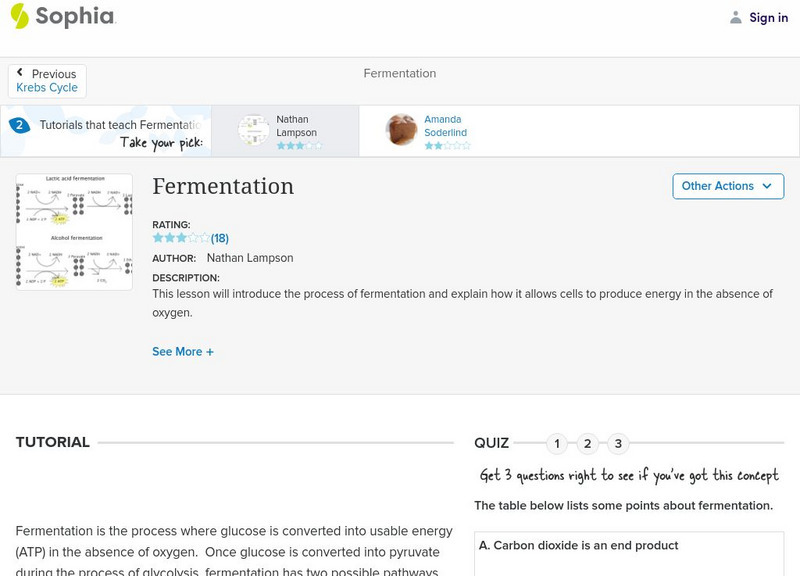Curated OER
Your Energy Out
How much activity is appropriate for elementary school youngsters? What kind of activities do they need to do? Check out the Physical Activity Guidelines for Americans. Look to see what are age-appropriate activities for each grade...
Curated OER
De"compost"ition
High schoolers develop an understanding of the decomposition process and the parameters which influence the rate at which it occurs.
Curated OER
Measuring Exponential Growth
Students reinforce math skills while learning about best practices
for protection of water quality in the management of animal feeding
operations. They make a table to show results of their calculations and compare and justify findings...
Curated OER
Coal Derivatives
Students use this hands-on activity to demonstrate the production of coke, one of the most widely used raw materials derived from coal. They are also stimulated to do research into the differences in coal types and coal products.
Curated OER
Bacteria: Friend or Foe?
Students examine a variety of environmental and industrial roles of bacteria. explore where bacteria can be found and distinguish bacteria from other organisms.
Curated OER
Two Kingdoms of Bacteria
For this bacterial growth worksheet, 9th graders name and describe the three types of bacteria found. Then they label the figure of the bacterium by writing the correct term next to each number. Students also describe the difference...
Curated OER
Matching Worksheet: Anaerobic Cell Respiration
In this cell learning exercise, students match vocabulary words about cells to their definition. They choose the best definition for each word.
Curated OER
Respiration
Students explore Adenosine Triphosphate and how energy is released. They examine the basic process of cellular respiration and draw its chemical formula. After describing cellular respiration and photosynthesis, students compare and...
Curated OER
Are you going to eat that?
Students identify and define composting. STudents compare and contrast aerobic and anaerobic composting. Students illustrate the benefits of composting and other methods to reuse, recycle, reduce, and respond. Students identify through...
Curated OER
A Healthy Heart
Sixth graders create a spreadsheet using specific data. A speaker comes to discuss the heart, and the difference between anaerobic and aerobic activity. They make posters to encourage a healthy heart lifestyle.
Curated OER
Aerobic and Anaerobic Conditioning
Students view the A.D.A.M. computer simulation of aerobic and anaerobic exercise. They break into groups and members brainstorm and list as many aerobic and anaerobic exercises as possible in five minutes.
Curated OER
Aerobic and Anaerobic Microbe Analysis in a Subarctic Setting
Students investigate the relationships between protozoa, algae and monera in freshwater, shoreline soil, and reindeer rumen. They publish reports of their findings.
Curated OER
Microbiology
In this biology worksheet, students identify and locate various vocabulary terms pertaining to microbiology. There are 54 biology terms located in the word search.
Curated OER
Anaerobic Lactic Acid System Exploration
High schoolers explore the role, functions, and conditions in which lactic acid is produced. They share ideas to complete a KWL on the vocabulary for the lesson plan then research these ideas futher on the internet using a set of...
Michigan State University
Michigan State University: Digital Learning Center for Microbial Ecology: Microbe Zoo: Poo Corner
A light-hearted and informative section about the role of microorganisms in decomposing human waste. It has a colorful, clickable graphic aiding in navigation of the site. Fun and informative.
Science Buddies
Science Buddies: An Aerobic Exercise: Yeast Metabolism and Aeration
This is a straightforward project on glucose metabolism in yeast. You'll grow yeast under aerobic and anaerobic conditions and measure carbon dioxide output to assess metabolic efficiency.
Science Buddies
Science Buddies: Project Ideas: Kimchi Chemistry
In this cooking and food science fair project, the student will make a batch of kimchi, the national dish of Korea, and investigate the changes in pH and glucose concentration as it ferments. The Science Buddies project ideas are set up...
Department of Defense
Do Dea: Physical Fitness Activity
Exercise must be performed regularly throughout life to achieve the benefits of physical fitness, wellness, and disease prevention. In this self-guided unit, you will be introduced to the components of fitness, principles of exercise,...
Science Struck
Science Struck: Why Is Atp an Important Molecule in Metabolism
A very detailed discussion of ATP. Looks at its structure, how it works, the reactions that take place that use it or produce it, the phosphocreatine system, glycolysis, the lactic acid cycle, aerobic respiration, the citric acid cycle,...
University of Illinois
University of Illinois: Purple Bacteria
Advanced material that provides information on the purple and green sulfur bacteria and the chemical processes they use to live.
Other
Composting Practices (Pdf) [Pdf]
This publication explains the agricultural and environmental benefits of composting household waste. It explains the difference between hot and cool composting systems. It also documents research indicating turfgrass benefits from humus...
National Health Museum
Access Excellence: Microbial Fermentations
At this site from Access Excellence you can read about the different kinds of microbial fermentation, their role in biotechnology, and the history of the process and how it is used. Includes links to more detailed information.
Sophia Learning
Sophia: Fermentation: Lesson 2
This lesson will introduce the process of fermentation and explain how it allows cells to produce energy in the absence of oxygen. It is 2 of 2 in the series titled "Fermentation."




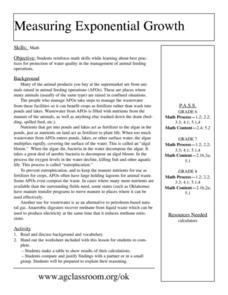






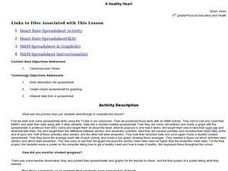

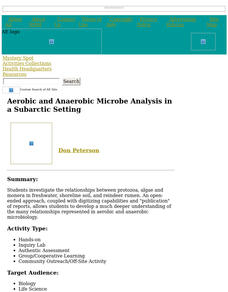



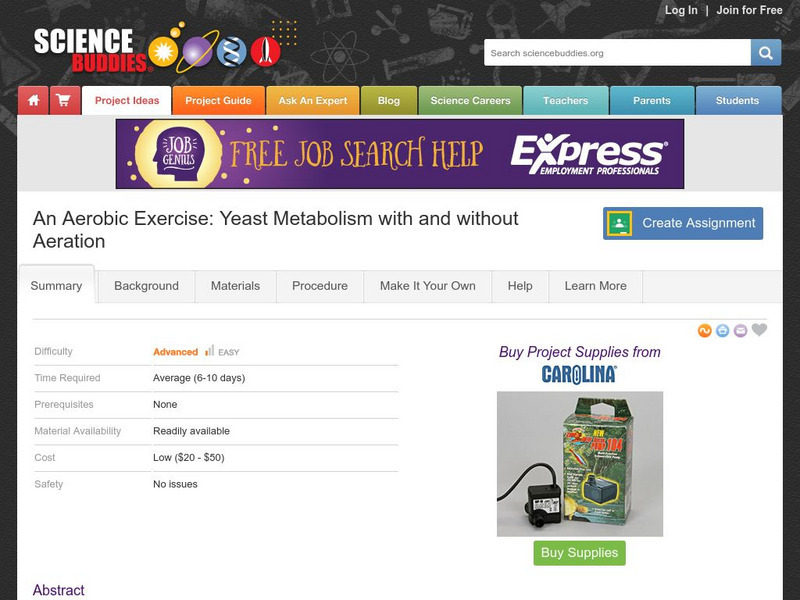
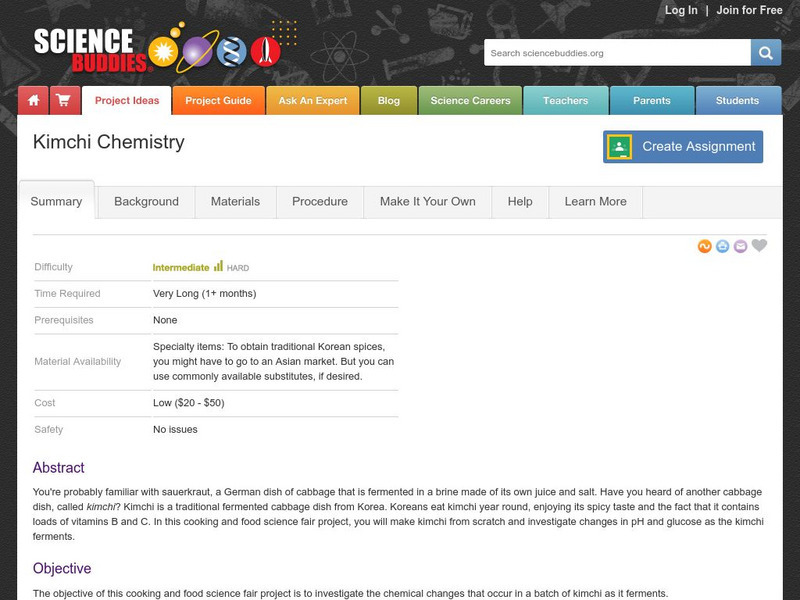

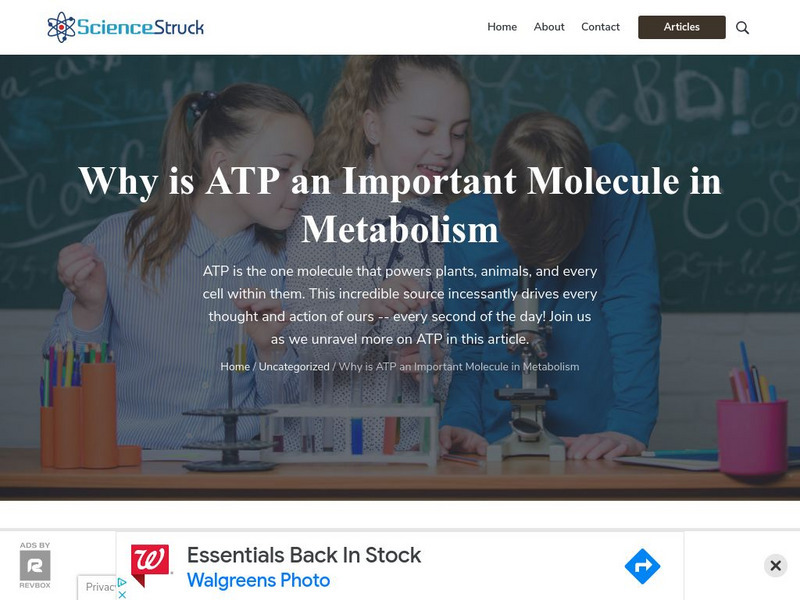

![Composting Practices (Pdf) [Pdf] Handout Composting Practices (Pdf) [Pdf] Handout](https://d15y2dacu3jp90.cloudfront.net/images/attachment_defaults/resource/large/FPO-knovation.png)
